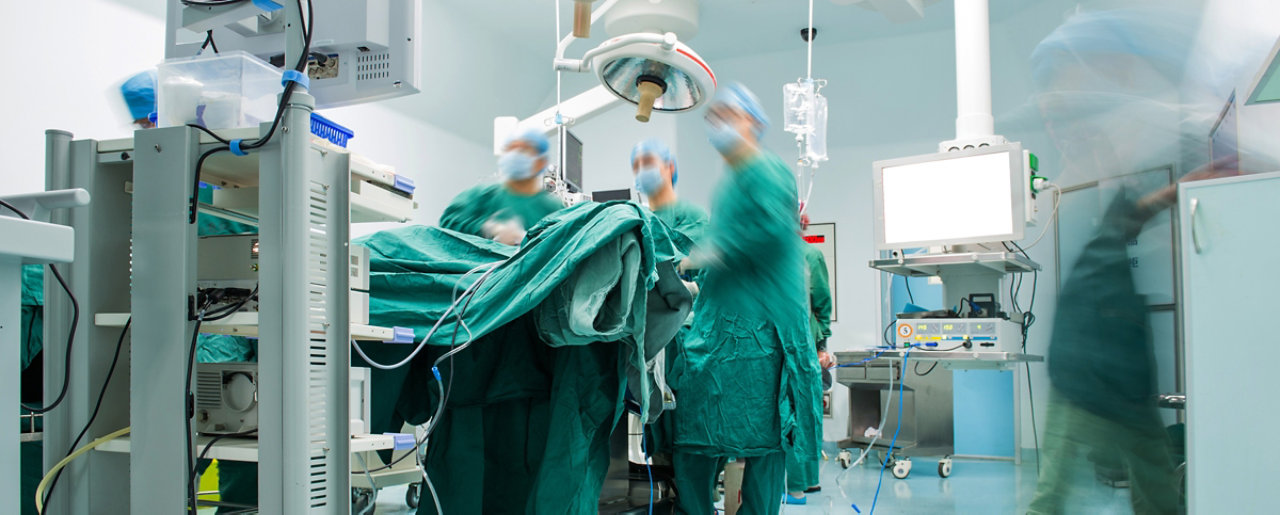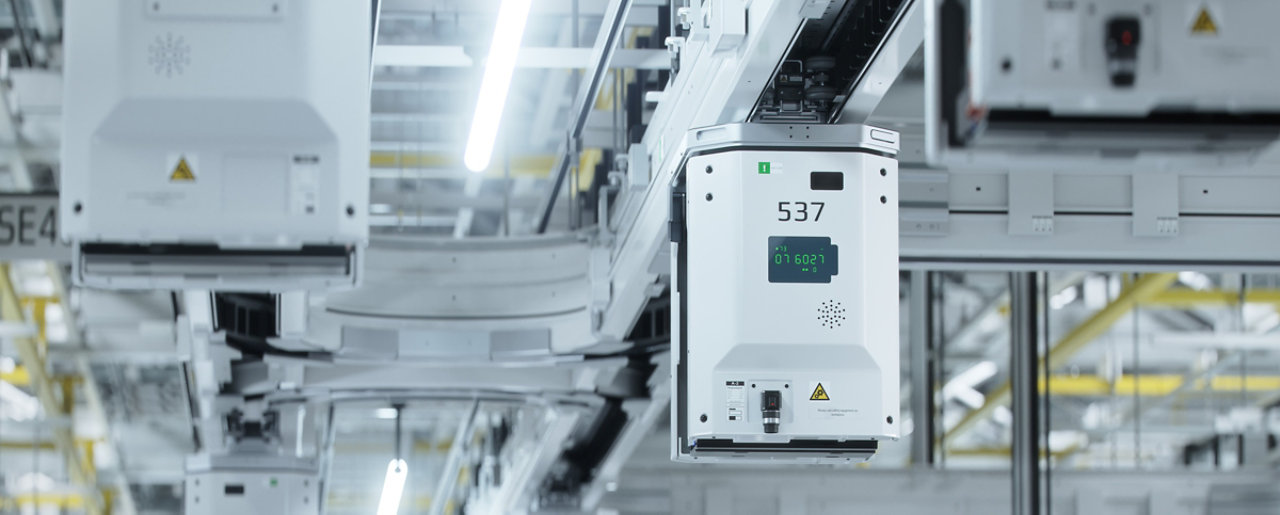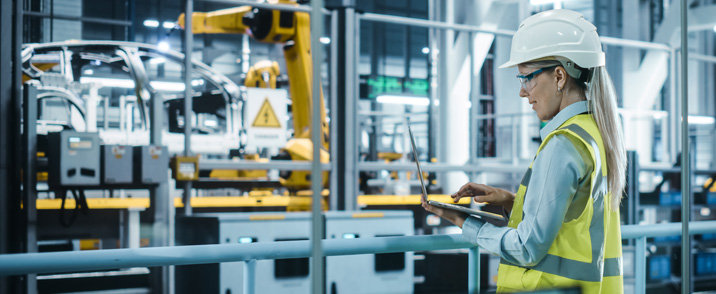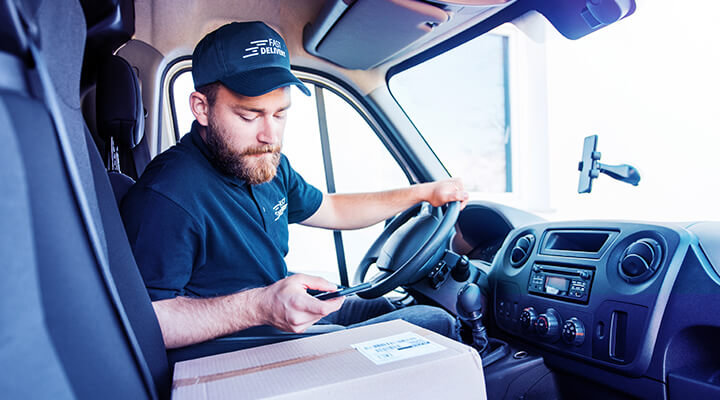New to the Internet of Things (IoT) and ready to find out how it could transform your business? We’ve got all the answers to your questions about making it work for you…
For a term that is now widely used, and which describes a technological phenomenon that touches thousands of daily activities, and supports much of the daily fabric of life, IoT still struggles for recognition and understanding.
At its simplest, IoT refers to billions of devices – the ‘things’ – that are connected to the internet. These aren’t the servers, PCs, laptops, tablets, or phones that we normally associate with computer networks: they can range from everyday domestic objects to vast pieces of industrial equipment.
The ‘things’ of IoT can be as simple as a smart lightbulb or thermostat that can be controlled from an app on your phone, or as complex as an entire electricity grid that connects thousands of physical assets and control systems.
For example, IoT can track life-saving equipment in hospitals and make the difference in spotting potentially critical defects early on. An industrial plant can tell its operators which bit of equipment needs immediate maintenance, which can run longer than predicted, and whether replacement parts are in stock.
In fact, almost any device or object can become part of IoT, provided it can be connected to a network. If you’re wearing a smart watch or fitness tracker, you’re in fact wearing an IoT ‘thing’. In this sense, IoT is exactly what it says: a series of objects connected using internet technology.

How does IoT work?
In the UK, Ofcom expects the number of IoT-connected devices to reach 156 million in 2024 – up from 13 million in 2016; 70 billion things will be connected to the internet in the future.
Of course, once we look under the hood, the reality of IoT is a little more complex.
First of all, it is more accurate to talk about many internets of things, rather than a monolithic network. Each device is connected only to a limited number of others. Something like an aeroplane, or an oil rig, which are already a collection of intricate, interconnected systems are likely to have several separate IoT networks within those systems. Although those internal networks will likely be able to ‘talk’ to each other – the plane will not be on the same network as the oil rig.
Then there’s the actual technologies involved. IoT is not a single technology, but a collection of separate and necessarily interoperable solutions.
The ‘things’ are enabled by sensors that harvest the relevant data and inform smarter decisions. Critically, the communication of this data to the user is central to the entire process. That data is transmitted through robust connectivity networks, protected by sophisticated cybersecurity measures. Control mechanisms determine when and where the data is to be gathered and distributed, while software reads and interprets it to create actionable, accessible, and accurate intelligence.
All this is what enables the ‘things’ to connect and – crucially – exchange real-time data with selected other devices. That data is the real driver behind IoT innovation and adoption.

Why is IoT important?
At its core, the principle of IoT systems is about providing deep insights and context with previously unavailable or inaccessible data. When that data is fed into advanced analytics systems, machine learning algorithms or artificial intelligence – invariably using cloud-based capabilities – builds even greater predictive capabilities.
That enables domestic, commercial, and industrial users to make forecasts, prevent operational mishaps, increase efficiency and productivity of business operations, and make smarter decisions based on accurate, accessible, and actionable intelligence. To give four examples:
Transport and logistics
IoT-enabled monitoring can improve safety and security of personnel in the fleet or factory floor by supporting remote operations and immersive training. IoT-enabled asset tracking can improve inventory management, ensure compliant storage where required, reduce warehouse theft, and minimise insurance claims.
Healthcare
IoT-powered asset tracking and monitoring in hospitals ensures that the usage of critical equipment and beds is optimised. AI-enabled video surveillance with computer vision keeps frontline workers safe, while home-based patient care can monitor and improve patient wellbeing.
Sustainability
IoT can also have significant implications for sustainability – for example, the technology can be deployed in residential and commercial buildings to manage their energy demand and consumption to improve efficiency and occupant comfort. Reducing usage through demand-driven heating, lighting, and cooling is essential given the current rise in energy bills.
One survey found that 45% of people believe technology that monitors or tracks energy makes it easier to see the difference they can make. This will be key for businesses navigating these economically turbulent times and as we look to create the sustainable ‘smart cities’ of the future.
Manufacturers
Manufacturers can slash the cost of production defects with rapid analysis of products and processes that ensure all assembly tasks are completed correctly. The move towards Industry 4.0, for example, has seen immense progress through smart technology and we are beginning to witness the tangible potential of digital manufacturing. Smart factories will be able to better protect the production line by predicting early malfunctions, improve asset management and streamline production planning and scheduling.
Digitised data and access to data insights will also help reduce unplanned downtime; increased productivity will be what drives the digital revolution. The common theme is that many thousands of manual interventions – major and minor – and their associated risks and inefficiencies are removed. Predictive maintenance and condition monitoring become standard. The human environment becomes smarter, more efficient, more responsive – and consequently less wasteful.
With society facing major challenges around energy transition and the worldwide allocation of resources, these are extremely desirable outcomes.

What are the challenges around IoT?
The rapid expansion of IoT and related technologies undoubtedly delivers significant advantages.
In the UK, Ofcom expects the number of IoT-connected devices to reach 156 million in 2024 – up from 13 million in 2016; 70 billion ‘things’ will be connected to the internet in the future.
However, that rapid expansion has created some challenges. Almost every enterprise now has large estates of devices and sensors that need to be managed, connectivity that needs to be maintained and data that needs to be protected. They need a full portfolio of connectivity and control products and tools, either on a managed or stand-alone basis, so that the most appropriate solutions can be deployed.
Private 5G is a critical foundation for future industrial operations. Its coverage, reliability, throughput, ultra-low latency, and security enables a host of new applications to digitally transform operations, all supported over a single network, instead of needing to operate multiple different network solutions and the associated complexity and cost of this.
Over the past few years, there have also been plenty of organisations that have implemented IoT solutions without a sound business case or clear objectives. They now find themselves retro-fitting use cases to the technology – a process which inevitably leads to sub-optimal results and potential benefits that have yet to be realised.
These organisations may well now need external expertise to create value from investments already made, and to ensure that future expenditure delivers on expectations.

What’s the future of IoT?
The IoT can be a transformative force for all kinds of businesses. By measuring, managing, and monitoring assets, and delivering insights, it helps reduce costs by uncovering hidden inefficiencies, and increasing both agility and resilience. It is no surprise that 83 percent of organisations report a significant increase in business efficiency and innovation with IoT technology.
As for where it goes next, we can expect IoT deployments to evolve into new areas and solve new problems. For example, as sustainability becomes more important to stakeholders and investors, we will see an increasing number of IoT solutions used for environmental monitoring to improve energy efficiency, air quality and resource use. And as sustainability improves, so does employee satisfaction.
We can also expect greater convergence of technologies: operational and information technologies (OT/IT) coming together into single pieces of smart equipment, connectivity capabilities being integrated into previously unconnected objects, and single multi-functional devices replacing multiple point solutions for further efficiencies.
We will also see IoT solutions deployed on much a wider scale. There are plenty of current examples of individual networks deployed in cities – to manage traffic, public transport, individual buildings, and space usage, and to support vital care, health, and social services. Those networks too are likely to become more closely integrated for truly smart cities that adjust to the needs of inhabitants as they move through their day.
What’s more, bringing together multiple different information sources will gradually help businesses make even better decisions and foster an iterative process of innovation.
Whatever the future holds for IoT, each project will need rock-solid connectivity that is robust, resilient, and always ready. It will need security and data privacy, from device to data centre. And it will be designed specifically for the location in which it is to be used.
That's why many of the UK's biggest businesses work with BT. We’ve got the expertise, data security, and network infrastructure to meet their goals.




